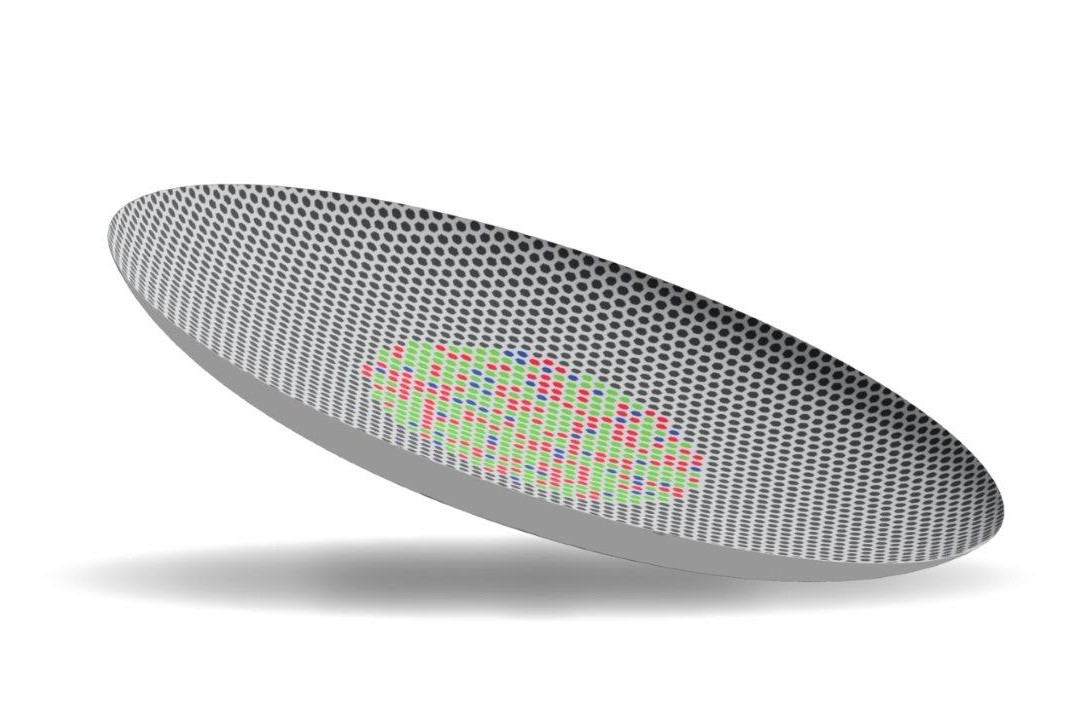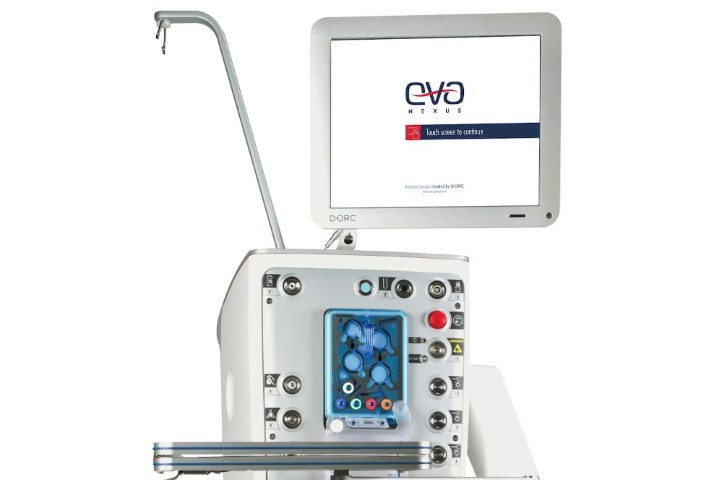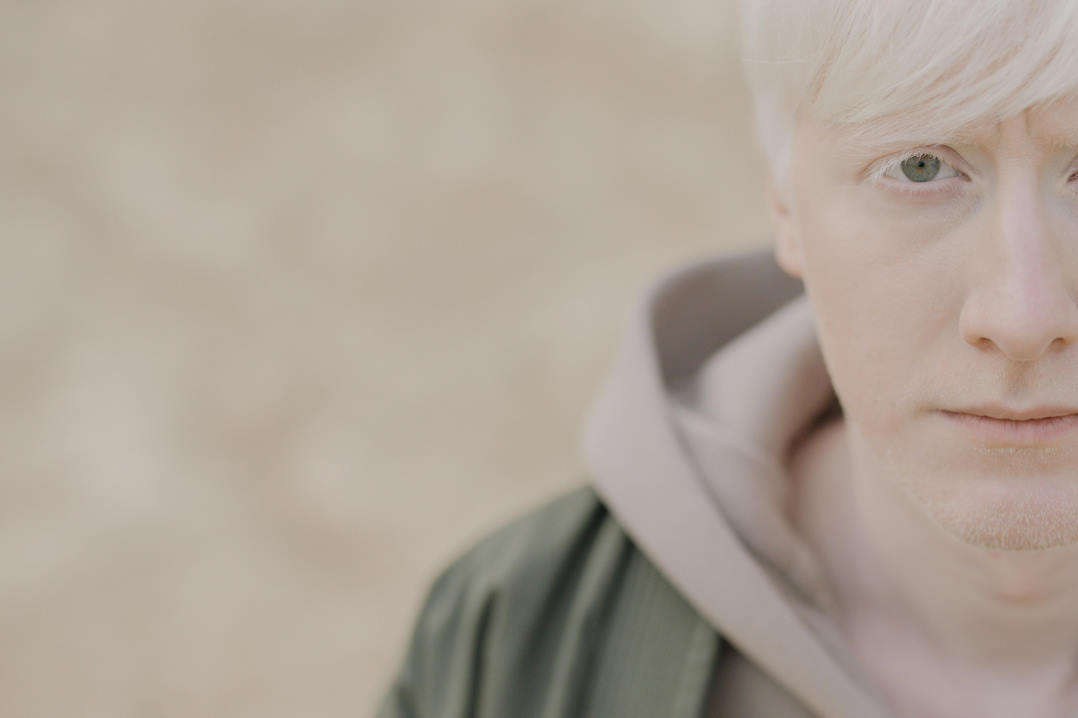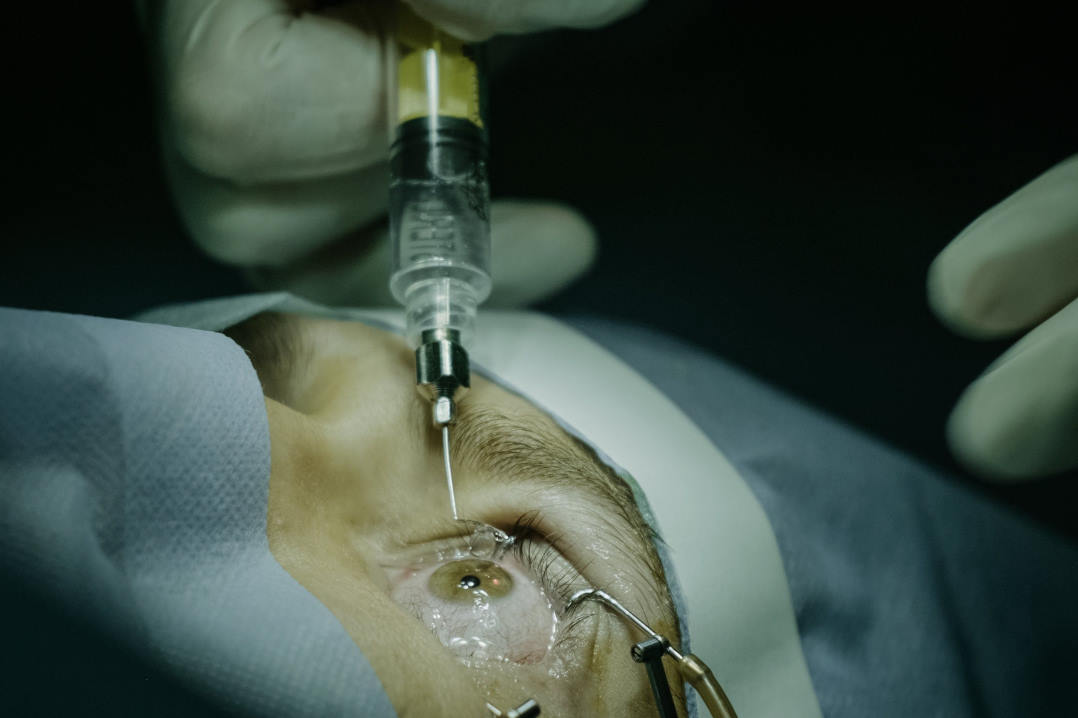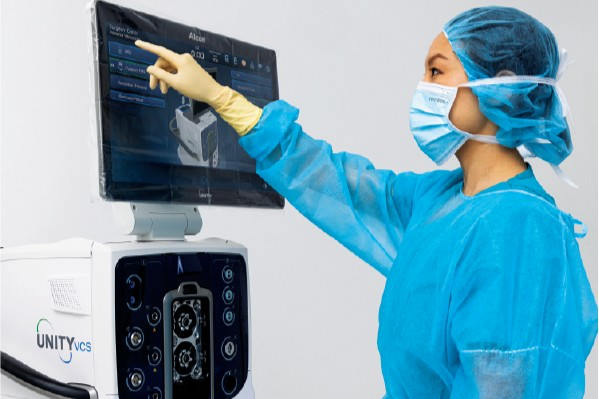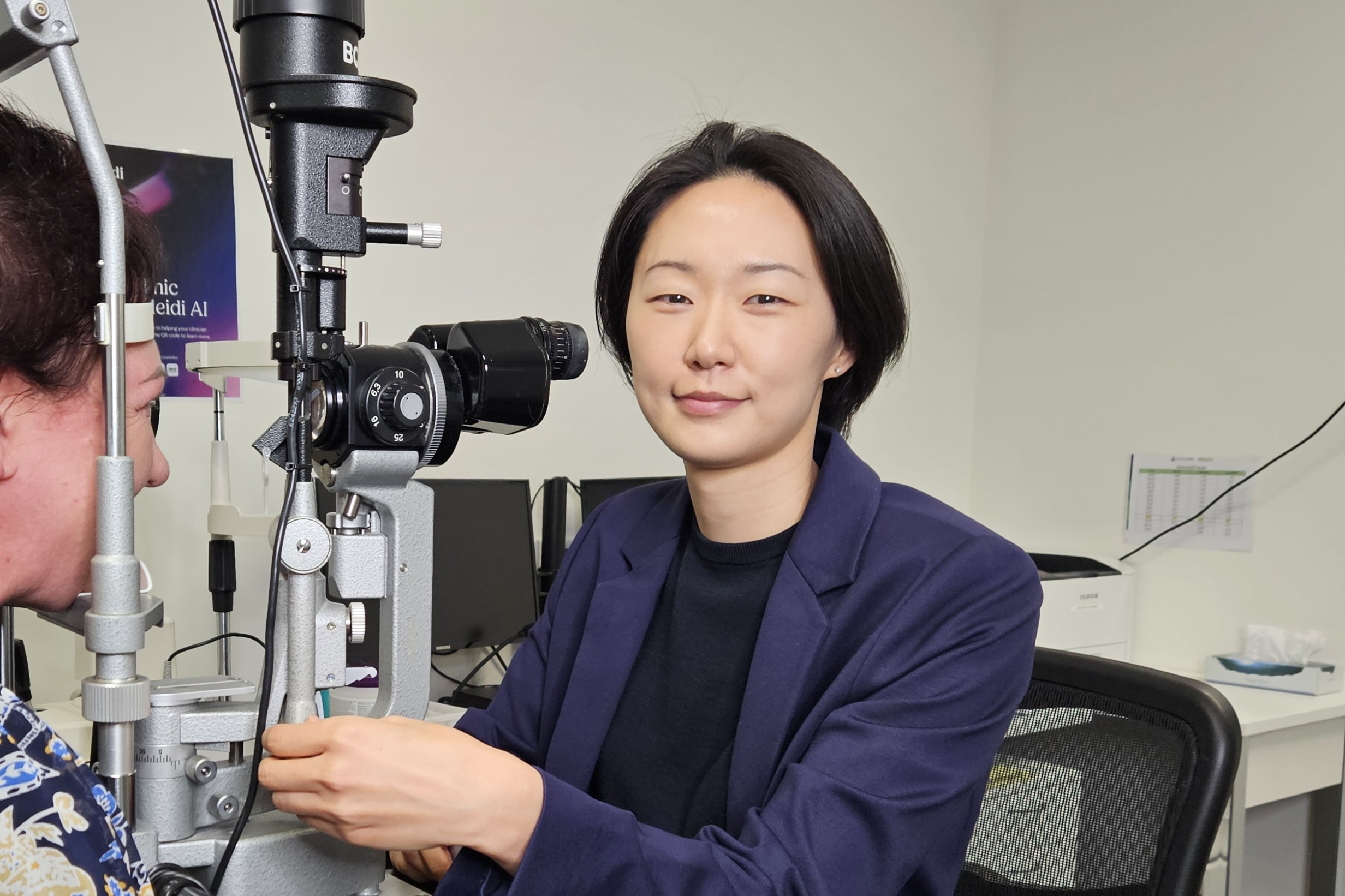‘Printable retinas’ restoring colour vision?
Tiny solar panels placed at the back of the eye could help patients recover from sight loss, a University of Surrey study has found.
Age-related macular degeneration is a common cause of sight loss and for most sufferers there is no treatment. One idea to change that is to insert a tiny ‘solar panel’ at the back of the eye, said research lead Dr Leslie Askew from the School of Computer Science and Electronic Engineering at the University of Surrey. “Just like solar panels convert light to electricity, our flexible device sits at the back of the eye converting light to electrical signals carrying colour information through to the optic nerve. Previously, this has only ever been achieved in black and white vision, so to be able to restore colour vision is really exciting.”
For the study, thiophene-based materials paired with acceptor molecules were used to improve the output signal to a point where cells in the middle of the retinal layers can be stimulated successfully, she said, adding the study demonstrated that new materials could do the job while being cheaper and more flexible than alternatives.
“One of the most compelling aspects of our research is that we can print these miniature solar panels like you might print paper,” said co-author and senior lecturer Dr Maxim Shkunov. “Not only is that much cheaper and possibly more accessible but the array of panels can then be rolled up. They will fit comfortably in the back of the eye, eventually providing a larger field of vision. This also means they can be implanted with much less invasive surgery.”
With patents pending, the researchers hope their findings will contribute to the ultimate goal of developing a functional artificial retina.









